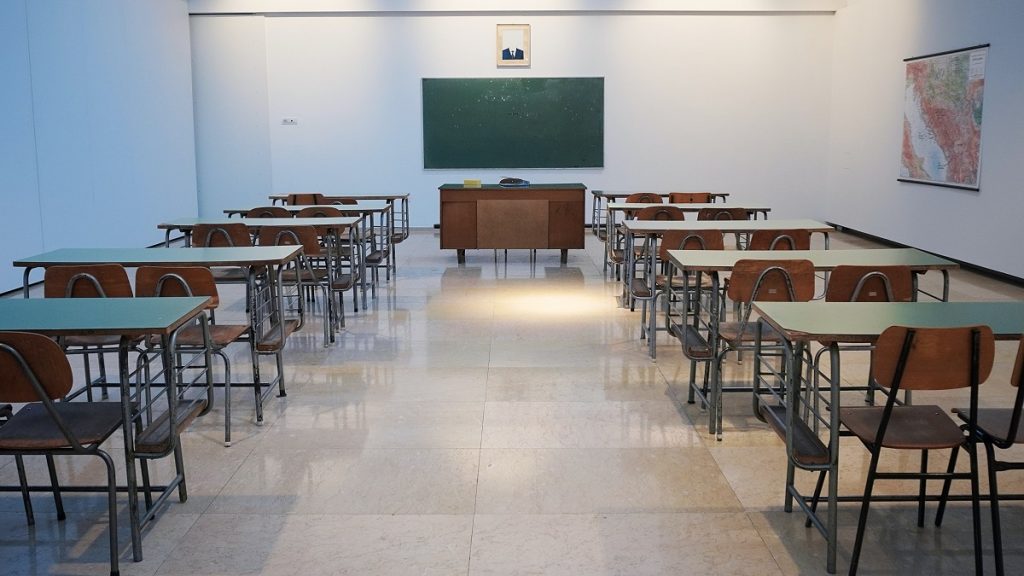Not all students are created equal. Teaching methods that work for most students, might not work for other students with disabilities. Inclusive teaching is a mode of teaching that seeks to bring the gap between different learning styles and needs. Introducing it into your classroom can help broaden your understanding of your own discipline. You’ll be able to reach more of your students this way and ensure that your students are getting the best education they deserve. These simple strategies can help you promote a more inclusive and accessible classroom.
Provide visual and audio aids

Visual impaired aids and audio aids can help students who are visually or hearing impaired. They’re incredibly important tools to use in an inclusive classroom. They can help explain an idea or lesson easily to students who are having difficulty with it. These aides may come in various forms, and you should try to provide as many different kinds of them in order to facilitate inclusivity. Examples of these include charts, infographics, smart glasses, audiobooks, posters, and diagrams.
Bring in role models
If you don’t have a disability yourself, it would be helpful to invite speakers with disabilities to talk to your class every once in a while. This allows your students to meet different kinds of people with different kinds of disabilities and reduces the stigma against them. If your students are willing to talk about their disabilities, you can encourage them to share with you or with the classroom their unique perspective on the way they live and learn in this world.
Remove the stigma
Allow your students to be open with their disabilities and listen to their needs. As much as possible, discourage any negative talk surrounding disabilities by anyone in your class. You should encourage everyone to talk positively about it and not make light of other people’s differences. There are plenty of resources to help get you started on this, and you can always consult other teachers who have disabilities or your own students.
Offer your lessons in multiple formats
You probably use PowerPoints to present your lessons to your students and keep track of what you’re discussing. While this format works for most students, there are still some students who might have difficulty with it. The more formats you use, the more students you’ll be able to reach. You should try to accommodate those with hearing, mobility, vision, and cognitive issues by offering your lessons as audio files or video files. You can also include captions, high-contrast graphics, videos, audio, and text with large font sizes in your slides.
Always repeat and rephrase your lessons
Students with cognitive or hearing issues may need you to rephrase and repeat what you’ve just said, and it’s helpful to accommodate these needs. When they offer comments or ask you questions, it also helps to rephrase or repeat their comment again to the class so they can feel understood and heard. This allows you to clarify any concerns and inquiries for everyone else too.
By creating an inclusive and accessible classroom, you’ll be able to welcome all students with different needs and backgrounds.

